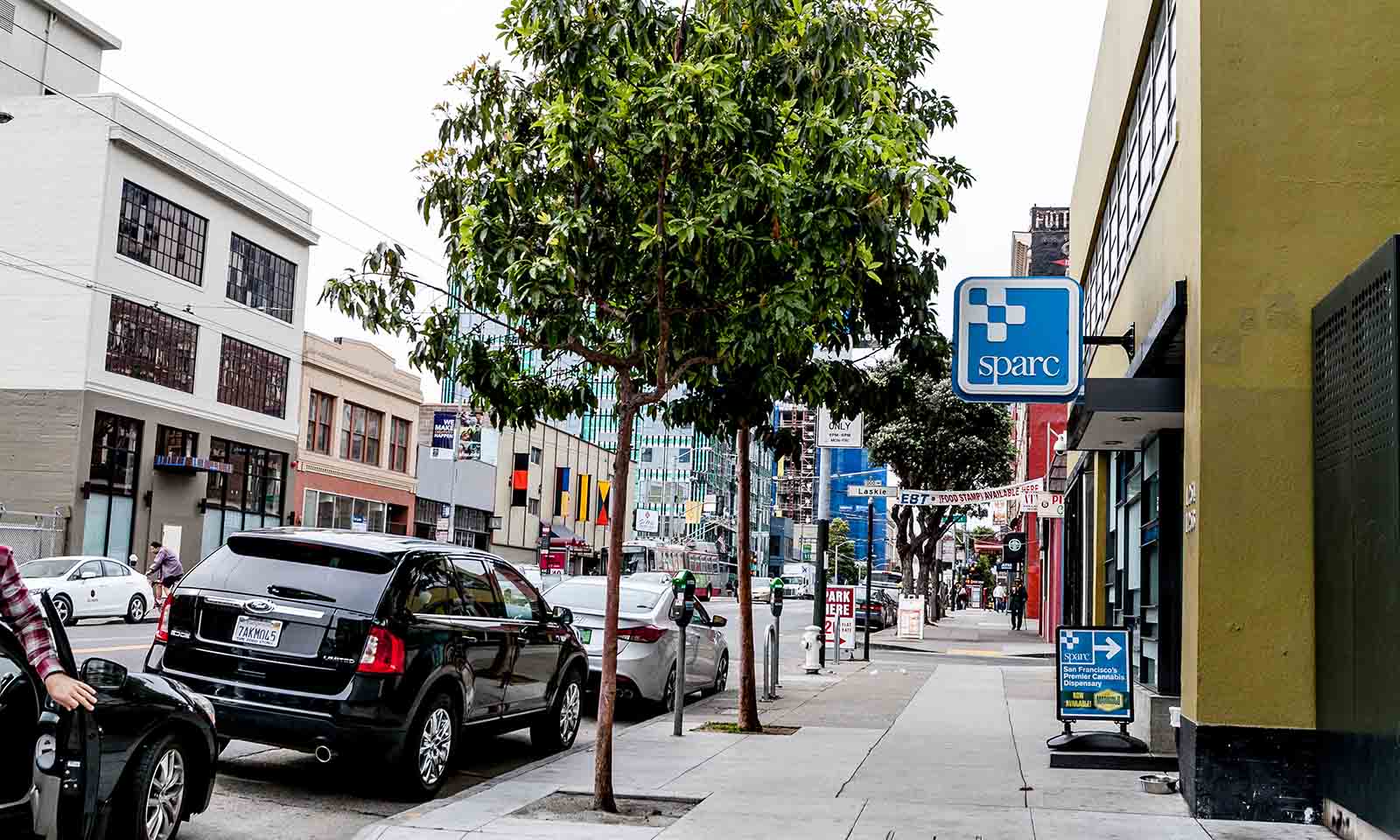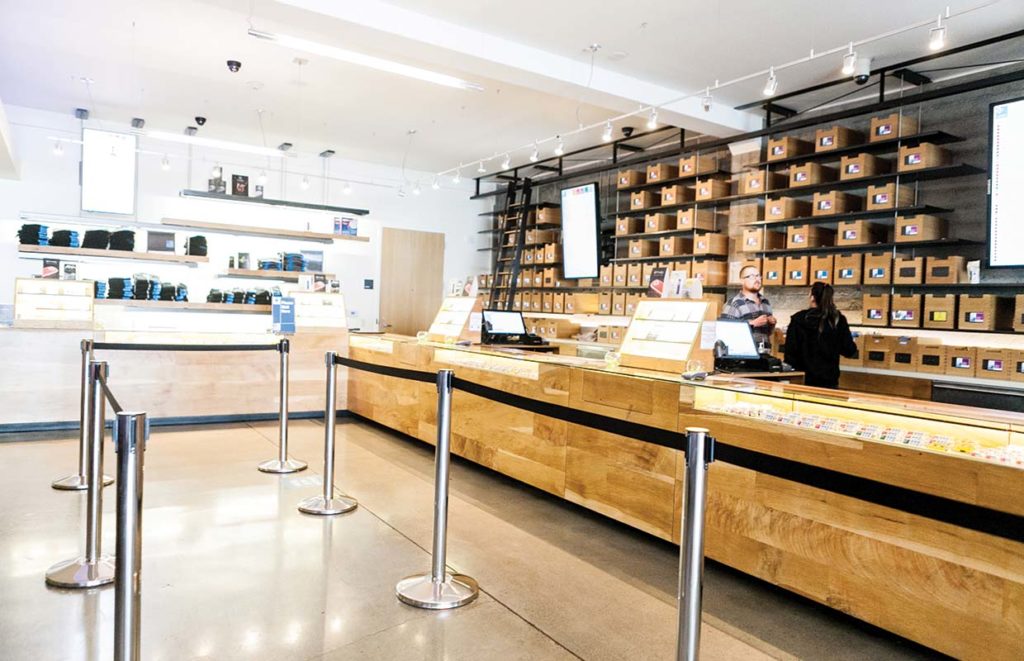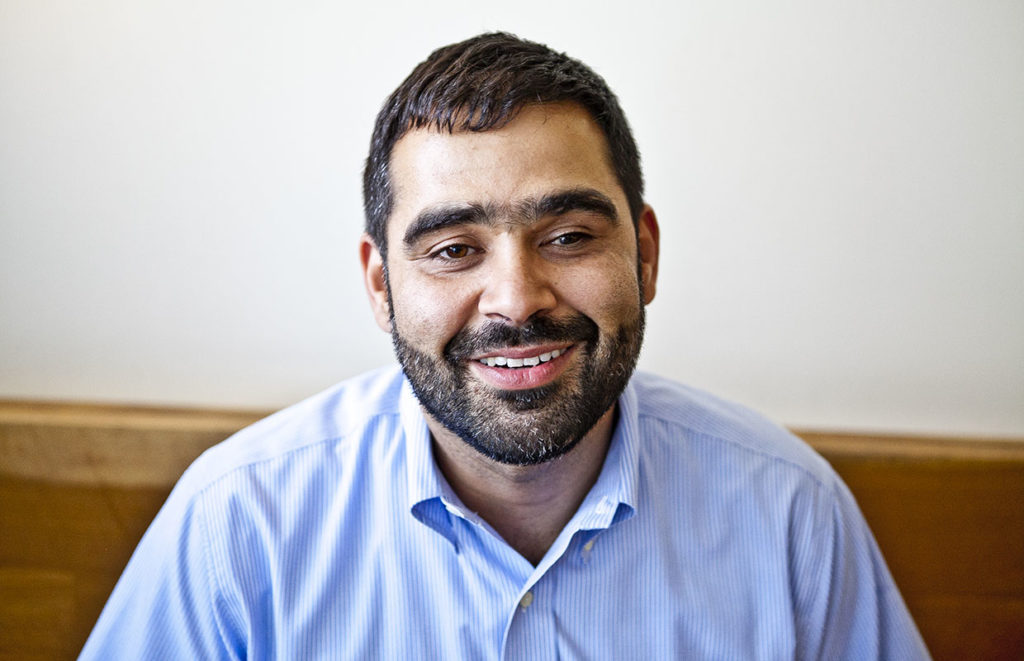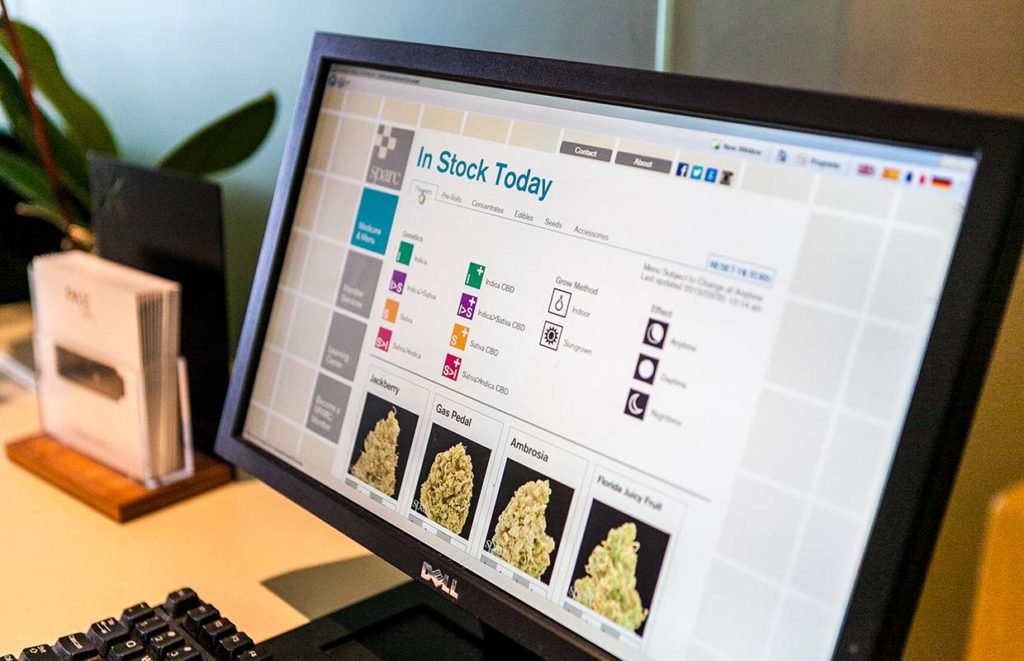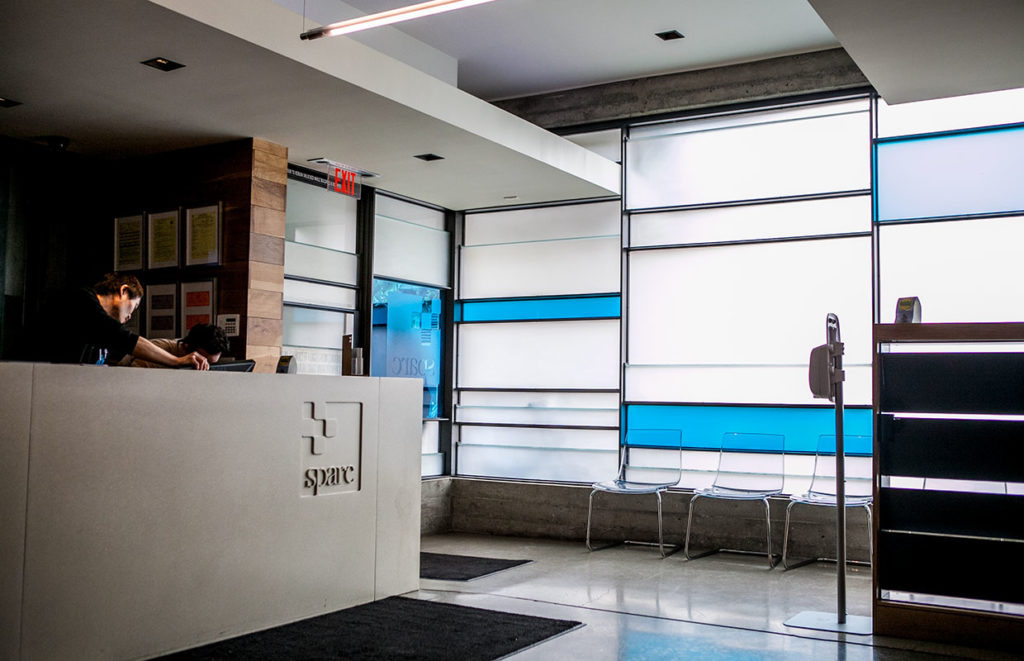Q&A: Cannabis Now Talks With Sparc
In this article from 2015, Robert Jacob the former dispensary owner at Sparc, straddles the two worlds of politics and pot.
The first U.S. mayor in history to be openly involved in the cannabis industry sat down with Cannabis Now in 2015 to discuss the experience of holding political office while running two high-profile, medical marijuana dispensaries.
The design inside Sparc is really well done. As executive director, did you have a part in designing the look?
Erich Pearson, our founder, led the design along with a designer who won an American Institute of Architects award for the work. I was a part of the intention behind it, which was all about creating a space that normalized the interaction of obtaining cannabis. Dispensaries in San Francisco before 2008 pre-Sparc had less of a customer experience. Customer service is essential to our business model — and Sparc took that seriously. Not only in the way that we engage the customer but in the way that we designed our retail space.
What’s your background with medical marijuana?
I came to San Francisco as a needle exchange and HIV youth advocate around the same time Dennis Peron [co-author of Prop 215] opened his dispensary on Market Street. So I was a member there early on, in my late teens. But really it wasn’t until I moved to Sonoma County around 2005 where I really got engaged with cannabis as a medicine. My friends there were involved in the medical marijuana industry and were cultivating and supplying dispensaries, but it was of course an underground situation coming from this disenfranchised position.
What was that like?
I’d say to them, “Hey, where do you live? I want to come over,” and people would tell me I couldn’t come over because they grew marijuana there. And I say, “What do you mean, you don’t have friends and family over?” These were people that I’d lived with in college for years and here I can’t come over to their houses? I’d tell them there’s nothing wrong with what they were doing and asked if they knew how to get “papered up” – to get through the [medicinal marijuana] process and become compliant. I started organizing people and helping them develop collectives. I’d work one-on-one making sure that they were legal to bring them out of the shadows. I was trying to help them realize that they were respectable members of society.
What were those first interactions were like?
I remember one of the first days when we started organizing up in Sonoma and I was with some friends and we went to a pay phone. We called the police department to ask them some questions. I said, “Hi, I’m a medical marijuana patient and I want to know more about how I can grow cannabis legally.” And the person on the phone said, “Okay, let me transfer you over to someone who can help you.”
You called from a payphone to play it safe?
Yes, we were so nervous because we thought the cops might come down and bust us right there. We hung up the phone, jumped in the car and frantically drove off screeching down the road! We thought they’d follow us to our homes and bust us for growing marijuana. Then a few months later, I went down to the planning department in Sonoma and told them I wanted to do community supported agriculture aggregate farming. I told them I wanted to bring a few people together and could they explain how to do that. And the guy said, “I don’t know how to help you with that but in a few days we have the second reading of our new medical marijuana dispensary ordinance.” And I said, “What’s a dispensary?” So they emailed me the ordinance a few days later and I went down to speak on some of the items in the ordinance — and it all happened from there.
You were mayor of Sebastopol, California for a time while running both Sparc and your Sonoma location Peace in Medicine. In fact, you were the first U.S. mayor to be out about your cannabis affiliation, right?
Yes — I was the first mayor, I think, who was honest about being involved with the cannabis industry. Anytime that I’ve had the opportunity to be in a position of helping people — particularly the disenfranchised — who don’t feel empowered to engage or express themselves, to advocate for themselves, I feel successful. To be in a position to connect with people who normally don’t connect in the public process, that’s a great feeling. And being the first person from the cannabis industry to hold that kind of public office was a big success for me.
You also helped set up the first medical marijuana system in Sebastopol, which you’ve said could be a model for California.
I think the system we created in Sebastopol regulates at the appropriate level. It doesn’t over or under regulate — it provides access with a very clean, safe process. There aren’t exorbitant fees for cultivators or dispensaries. We thought about commercial and residential production. Everything works really well — in a happy, healthy way — because we worked so much with the community.
So it was key to get the community involved?
Definitely. If dispensaries aren’t engaging in the community, they likely won’t be successful. Any retail space that isn’t part of the community and respecting the community members and engaging with them, isn’t generally going to work. Add to that the fact that the overhead around a dispensary is significant, because you’re always going to have deal with [negative] public perceptions about dispensaries. So if you are not managing that perception and working on [your image], then the perception will go negative. Period.
In the early years, when the Feds were cracking down on dispensary sales, did you have some sleepless nights yourself?
I used to wake up and run to my computer in the morning and turn on the DVR cameras to see what was going on at the shop. To see if the computers were all ripped out or I’d look at the screen that had a view of the highway and see if there were twenty patrol cars or black SUVs waiting there. Because it would happen weekly back then! This dispensary raided one day, that dispensary the other day.
Why did you open Sparc in this downtown San Francisco location?
Because it was a place where landlords would rent to us back in the day. I mean, it was affordable in 2008. We weren’t fighting for space with a hundred other dispensaries. What’s special about this location is we’re the closest dispensary in the Bay Area for people who use public transportation. We’re just one block off the primary BART line at Civic Center. If you’re coming from the East Bay, you just jump on BART and get off in the city and we’re one block away.
Does Sparc cultivate?
Yes, we do. We are a vertically integrated organization.
How do you choose your strains?
We choose our strains based on patient demand. We’re able to see patterns and predict needs. Also, we listen to our staff, who are engaging with patients every day and understand their needs. Again, just like any good retail. But also, we look for good value when working with cultivators. What our customers want is cannabis cheaper. That’s what we keep hearing. If we can produce cannabis cheaper and find it for them at lower prices, then we have overall success.
Is there a strain that stands out?
Yes — Sparc Jack Berry.
Do your dispensaries try to be sustainably minded?
We have different efforts for different items. For instance, with indoor cultivation practices, we try to do a lot but you’re never going to get past all that energy that you’re drawing or pulling. When we talk about materials and lighting and construction, we’re doing our best to be a company that is conscious of sustainability. Where our sun grown facilities are concerned, we’re gearing up and engaging organic certification and moving toward being highly sustainable.
Considering the uncertain future of legalization, where do you see the industry going with regard to mega grows, corporate cultivation and the shaky footing of small-to-medium cultivators?
We are thinking about all of that. Realizing that we have to worry about the big guys and that we’re not the big guys — I think that is a clear realization. There’s a significant amount of energy we need to put toward protecting small-to-medium size businesses to hopefully not let mega-businesses take over. It means a focus on local economies, family farming, home farming and mom and pop, too. Looking at cooperative grows that are vegetable farms and applying that knowledge to the cultivation of cannabis. Continuing those small economies and small communities throughout California is going to be a key item to walk through during the implementation of the legalized marijuana initiative.
Originally published in Issue 16 of Cannabis Now. LEARN MORE
Editor’s Note: Robert Jacob departed from Sparc in the fall of 2015.
TELL US, have you ever visited a cannabis dispensary?



